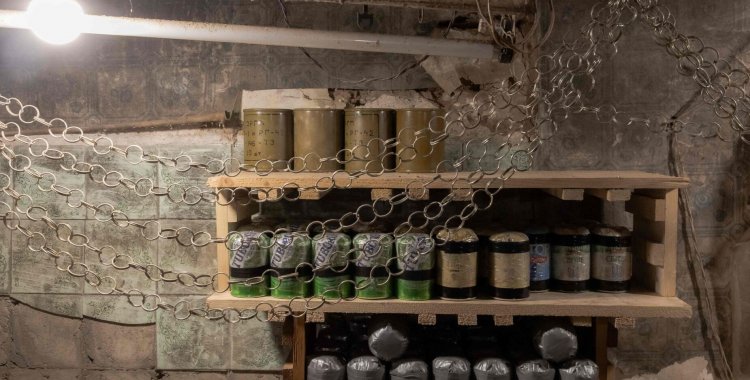The explosives deposit, which had already deteriorated, was found when the family dug a hole to dispose of solid waste.
According to the commander of the Engineering Platoon of the Eastern Military Region Command of the Angolan Armed Forces (FAA), Sub-Lieutenant Fernando Cassule, the war material, consisting of 32 60-millimeter mines, nine UG7 charges and four mine refills, was probably left behind at the time of the armed conflicts, given its state of degradation.
“If it had detonated, it would have affected the population, because it would have a range of 25 to 50 meters. Fortunately, it did not happen and we were in time to remove it,” said Fernando Cassule, urging the population to be careful, “because that subsoil is full of explosive devices.”
The FAA officer stressed that the armed forces are demining the land reserves and roads, but that the residential areas have not yet been checked.
The owner of the house, Florinda Sozinho, stressed that she has lived there for ten years, without any suspicion about the presence of that material in her backyard.
“We lived without any suspicion that there was something like that here in our backyard,” said Florinda Sozinho, in statements to the Angolan Public Television (TPA).
The country, which experienced a civil war for almost three decades, is one of the countries in the world with the largest territorial extension still contaminated by landmines and, since the end of the war in 2002, has been carrying out its demining process.
President João Lourenço wants the country to be free of mines by 2027 and announced, in October 2024, that around 240 million dollars will be invested in the demining program over the next two years.







